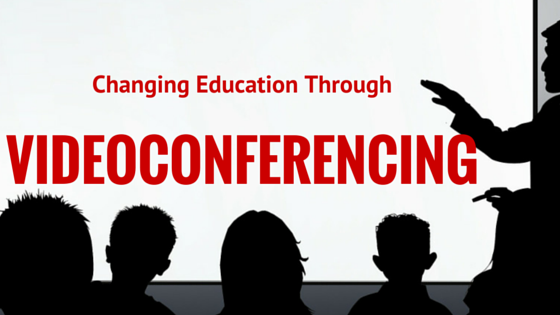This post is written by guest blogger Kristi Bell, Instructional Technology Coordinator, Duncanville, Texas.
On a recent trip to New York, NY, I stood absently looking out the window of my 15th floor hotel room watching the hundreds of yellow taxis zoom around the streets below. My gaze slowly drifted to the high rise office building directly across the street from my hotel. I didn’t mean to be a creeper and spy on the office workers, however what I witnessed amazed me and made me reflect on whether I am preparing my students for the world properly. Five out of the nine office windows I looked in appeared to have a videoconference in progress. Each had one to two people physically in the room with a large TV monitor of other participants visible.
Our students enter the workforce and compete with a global society. Geographic borders, time and place that have always kept the world separated no longer pose a problem. Are our students prepared to compete? Do they have the communication skills necessary to work with diverse individuals from various cultures and backgrounds? Do they realize how easily they can tap into the expertise of professionals and have real-time conversations?
Teachers are able to invite parents and family members to participate in daily classroom activities, speak to experts in various fields of study, connect with individuals who tell first-person accounts of historical events, and take field trips virtually anywhere. The possibilities are mind boggling and exciting. It connects students with experiences they otherwise would never encounter.
As we reflect on how mobile devices are changing the game of education and are making connections to the world a simple task, the use of videoconference in the classroom should become a standard practice. Schools no longer have to rely on expensive equipment that will only accommodate a handful of students at a time, but simply a smartphone or tablet that most carry in their pocket. Technology enables kids to learn with the world rather than about the world. Are we taking advantage of this opportunity?
Kristi’s insights and call to action using Videoconferencing tools in every district falls in place in the New Digital Learning Environments in Creating a New Vision for Public Education recognizing the redefined instructional role in the classroom.
- C. The potential of learning anywhere, anytime, “any path, any pace” must be embraced. Future learning will be a combination of learning at school, virtual learning, learning at home, and in the community.

Leave a comment